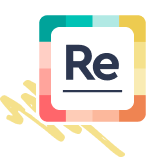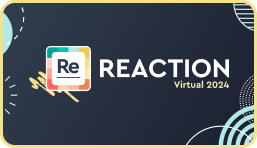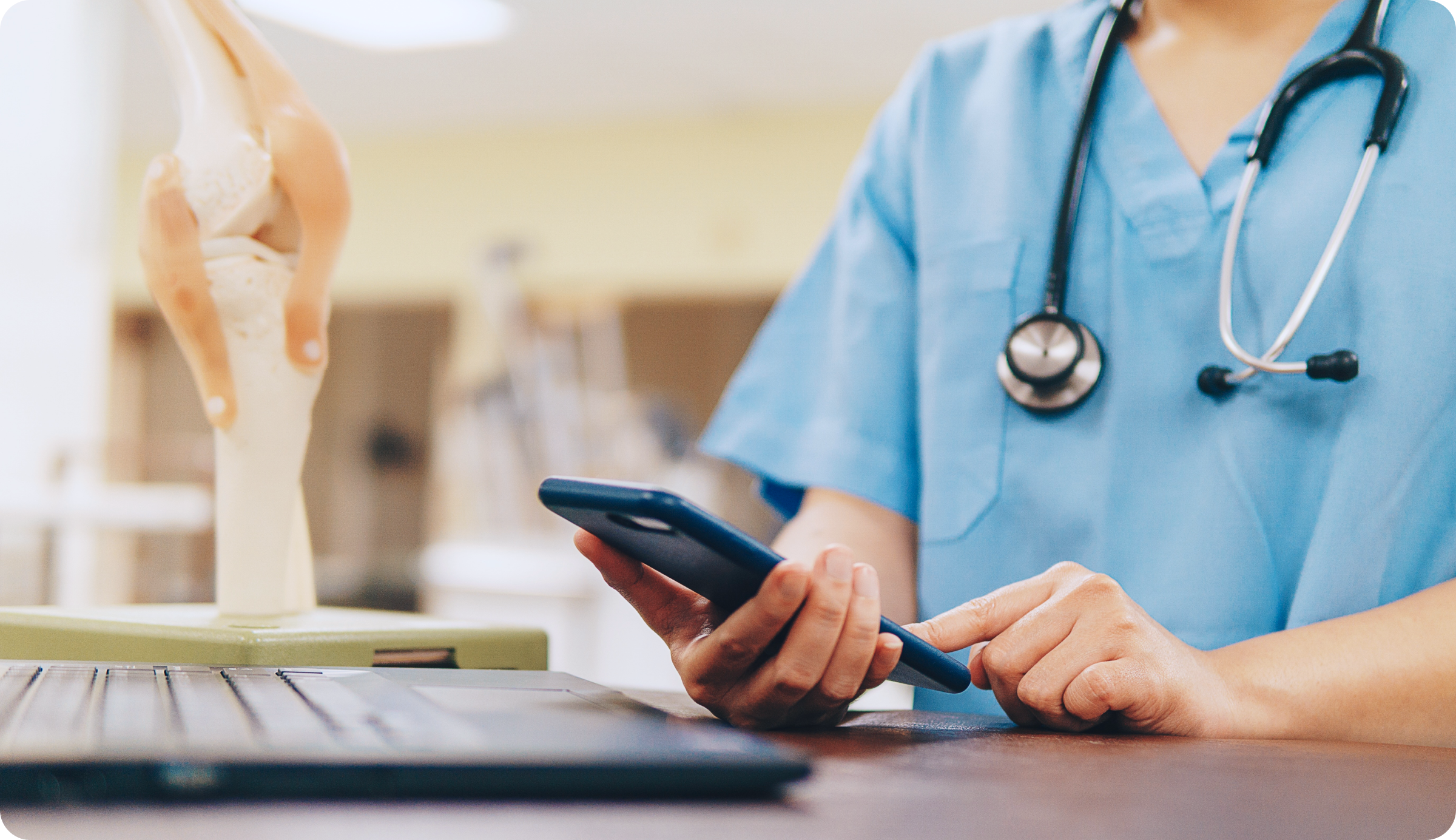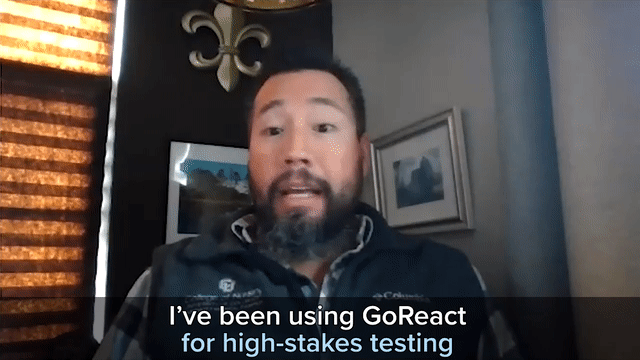Bridging the theory-practice gap is a grueling endeavor for clinical nurse educators. Throw in a global pandemic, and the undertaking is exponentially harder.
The good news? Technology can help bridge the gap. As Dr. Marilyn Oermann explained, clinical nurse educators can expose students to new scenarios they wouldn’t encounter in their practice by incorporating technology.
To help you tackle the theory-practice gap and better prepare your nursing students, we’re sharing three tips to leverage technology in your courses.
Download our head-to-toe assessment checklist highlighting the most regularly performed skills in an entry-level practice.
1. Take Advantage of Smartphones
In today’s world, there are more than three billion smartphone users worldwide. Leverage that statistic and improve accessibility by incorporating smartphones into your nursing courses. Below are a few ideas to help you get started:
Record Videos
In the midst of COVID-19, time in the simulation lab can be scarce. Improvise and have your students use their phones to record themselves for skills check-offs. You may encourage them to practice caring for a dummy, roommate, or family member and record hassle-free with a smartphone.
Use Social Media
There’s a good chance that most of your students are active social media users. And social media can be a great resource for learning. A nursing education study found that social media can connect students with outside resources to reinforce learning. Assign your students to respond to a series of questions on a Twitter thread or post insights from clinical scenarios on a class Facebook or Instagram page. These types of activities will foster a sense of community and involvement among your students.
Incorporate Study Apps
Smartphones can also be a great study tool for students. Add a list of study apps to your syllabus, such as Medscape, Quizlet, Nursing Central, or Evernote. Incorporating these types of apps can foster collaboration among students and improve study skills.
2. Review Simulation Videos
Some clinical nurse educators let simulation end when recording stops. While it can be frustrating to review footage if you have clunky equipment, using video to debrief with your students is crucial. A 2020 study cited three benefits of using video to debrief:
- Obtaining an objective record of what happened during the simulation.
- Providing learners the ability to observe their performance from a different perspective.
- Filling in learning gaps.
Don’t just rely on students’ memories for debriefing sessions—leverage technology by including video clips. Video allows students to see themselves in action, resulting in constructive criticism and improved performance.
3. Use GoReact
GoReact, the #1 tool for procedural and patient communication skills, is making the jobs of clinical nurse educators easier than ever before. GoReact allows instructors to provide time-coded feedback on student procedure videos, helping nursing students develop new skills in record time.
With just a smartphone or laptop, students can capture video of themselves performing lifesaving procedures in the lab or at home. Instructors can grade student videos at any time, from anywhere (hint: you don’t have to spend all of your time in the simulation lab setting up equipment). GoReact gives instructors more time to address student needs and provide constructive feedback. It’s the perfect tool for simulation, real-time observations, skills check-offs, and more.
The dreaded theory-practice gap doesn’t have to intimidate you. By following these three tips, you’ll be able to leverage technology in your courses and arm your students with the skills they need to enter the workforce.






